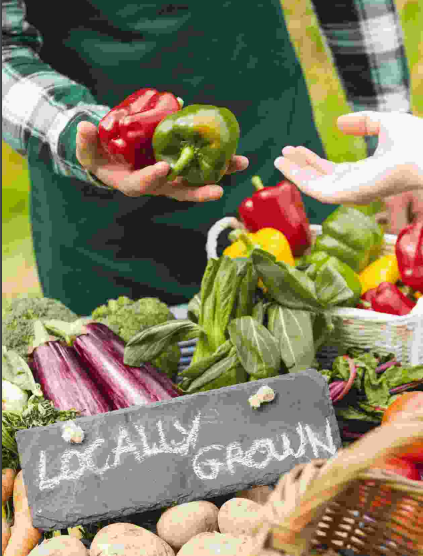Homeowners know that maintaining a home can be a year-round job. No home is immune to wear and tear, and homeowners who want to protect their real estate investments should try to stay two steps ahead to ensure their homes do not succumb to the elements or become outdated and unappealing to prospective buyers.
Fall has become a season that’s synonymous with home improvement, but homeowners need not wait until the leaves begin changing colors to start planning their next projects. The following are a few items homeowners can add to their fall home improvement to-do lists.
Roof inspection
Less precipitation tends to fall during the warmer months than during the late fall and winter. As a result, homeowners may not be aware of leaky roofs until autumn has come and gone. But waiting until winter to inspect the roof can prove disastrous, as weather conditions will not be conducive to inspection and increased precipitation may result in potentially costly damage.
Leaky roofs can be easily identified by looking for water stains on interior ceilings. Once you see a stain, you can climb onto the roof to identify the location of the leak and fix it before winter rains and snowfall turn the problem into something much larger. Inspect your ceilings for signs of leaking after a strong rainfall, and then address any leaks immediately.
Gutter cleaning
While some homeowners prefer to delay their gutter cleaning projects until late fall, those whose homes are surrounded by trees may need to schedule two such projects. Gutters clogged with leaves and other debris can cause serious roof damage, and that damage can extend all the way inside a home.
In addition, clogged gutters make great nesting areas for insects or critters. Always stand on a ladder when cleaning gutters, wearing gloves to remove items by hand and dropping leaves and debris into a trash can below. Standing on the roof and leaning over gutters greatly increases your risk of injury. If the gutters are clear when you first examine them in early fall, you can wait until later in the season to give them a complete and thorough cleaning. Once you have finished clearing the gutters, you can use a hose to run water through them and the downspouts to confirm everything is functioning properly.
Window and doorway inspection
Before temperatures start dropping once again, homeowners will want to inspect their windows and doorways for leaks. Over time, cracks can develop around windows and doorways, and while such cracks are rarely noticeable when the weather outside is warm, they can be quite obvious and very costly if they remain unsealed come the start of winter. Cold air can enter a home through cracks around windows and doorways, and many homeowners who don’t suspect leaks may respond by turning up the thermostats in their homes. That can prove quite expensive over a full winter. Choose a windy autumn day to place a hand by windows and external doorways in your home to see if you can feel drafts.
If you can, seal these cracks as soon as possible. Patio cleanup Patios are popular hangouts during spring and summer, and that can result in a lot of wear and tear. Once you store patio furniture for the winter, inspect your entire patio to determine if it needs any refurbishing. While certain patio projects may be best left for spring, you can still clean any stained areas around the grill and look for cracks in the sidewalk that need to be addressed.
Preparing for fall home improvement projects ahead of time can help homeowners complete projects in a timely manner and ensures they won’t be forced to brave the winter elements when refurbishing their homes.




 Tomatoes
Tomatoes




 · Assess plant location. If plants, flowers or gardens have struggled in recent years or never grew especially vibrant, then gardeners may want to assess the location of their plant life before spring gardening season begins. Some plants may not be getting enough sunlight in certain locations on a property, while others might be overexposed to the sun during spring and summer. Moving plants that are not thriving prior to the start of spring gardening season may be just what gardens need to flourish in the coming weeks.
· Assess plant location. If plants, flowers or gardens have struggled in recent years or never grew especially vibrant, then gardeners may want to assess the location of their plant life before spring gardening season begins. Some plants may not be getting enough sunlight in certain locations on a property, while others might be overexposed to the sun during spring and summer. Moving plants that are not thriving prior to the start of spring gardening season may be just what gardens need to flourish in the coming weeks.











